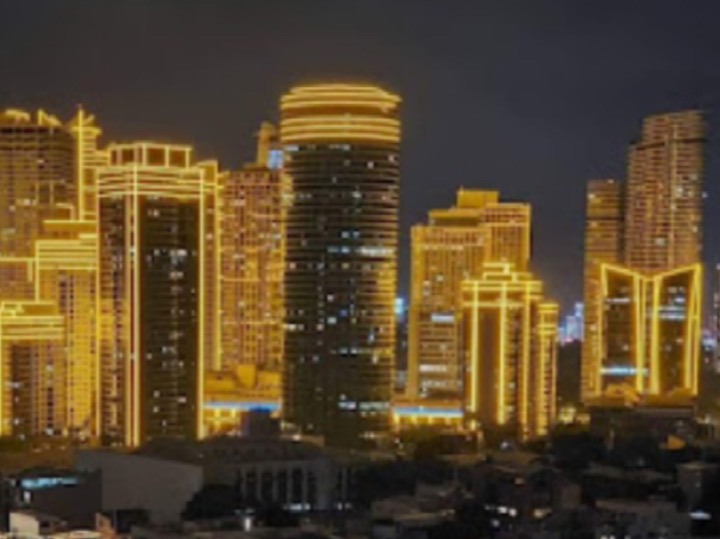The Philippines’ Remarkable Economic Rise: A Story of Growth and Resilience

SHARE
The Philippines has been making waves in the global economic landscape, showcasing a remarkable rise in its economic performance over the past decade. With a young, vibrant population, a thriving services sector, and a steadily growing manufacturing industry, the country has emerged as a promising investment destination in Southeast Asia.
One of the most striking indicators of the Philippines’ economic progress is its consistent GDP growth. In 2023, the country recorded a growth rate of 5.6%, making it the fastest growing economy in the region. This impressive performance is expected to continue in 2024, with projections indicating a GDP growth of between 5 and 6 percent.
The country’s economic growth has been fueled by various sectors, with the services industry leading the charge. The transportation and storage sector, construction, and financial services have been standout performers, growing by 13%, 9%, and 9% respectively in 2023.
The business process outsourcing (BPO) industry has been a significant contributor to the services sector, taking advantage of the country’s large pool of English-proficient professionals.
The manufacturing sector has also played a crucial role in the Philippines’ economic rise. The country’s primary exports are semiconductors and electronic products, accounting for over 40% of total exports. This is followed by various manufactured and craft products, showcasing the diversification of the country’s export portfolio.
Another notable aspect of the Philippines’ economic progress is the steady increase in its GNI per capita. From a lower middle-income nation with a GNI per capita of under $1,000 prior to the year 2000, the country has now reached $3,160 in 2021, with expectations of further increases.
The Philippines’ economic resilience has been tested in recent years, with the country facing various challenges such as the COVID-19 pandemic and global economic uncertainties. However, the country has demonstrated its ability to bounce back, with a resumption in commercial activities, public infrastructure spending, and growth in digital financial services contributing to its economic recovery in 2023.
📸 Facebook Page: Emerging Philippines
One area where the Philippines has made significant strides is in poverty reduction. Under the assumption that the responsiveness of the poverty rate to economic growth follows historical trends, the poverty rate, based on the lower middle-income poverty line of US$3.20/day, is projected to decline from 27.0% in 2015 to 21.7% in 2019
Factors driving this reduction include the movement of employment out of agriculture, a sustained inflow of remittances, and the government’s conditional cash-transfer program[3].
📸 Facebook Page: Emerging Philippines
Despite these positive developments, the Philippines still faces challenges in achieving inclusive growth. Unemployment remains a concern, with underemployment rates hovering around 18-20% in recent years. Additionally, the country needs to address infrastructure gaps and improve its business environment to attract more foreign direct investment and sustain its economic momentum.
In conclusion, the Philippines’ economic rise is a testament to its resilience, adaptability, and growth potential. With a young, educated workforce, a thriving services sector, and a steadily growing manufacturing industry, the country is well-positioned to continue its economic ascent in the years to come. As the Philippines navigates the challenges ahead, its commitment to sound economic policies and inclusive growth will be crucial in ensuring that the benefits of its economic progress are shared by all its citizens.
RELATED ARTICLES

Lamb Sacrifices in Jewish Tradition

A Timeline of Jesus’ Life

The Role Of The Holy Spirit

Eight Attributes of God








